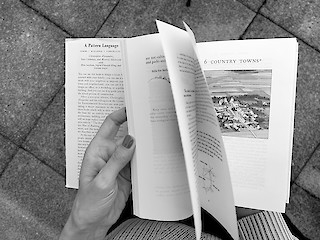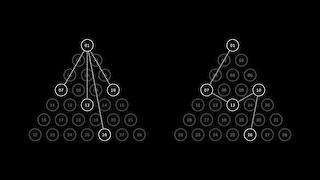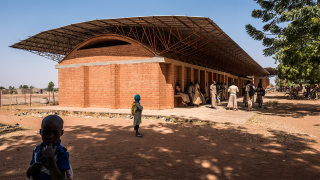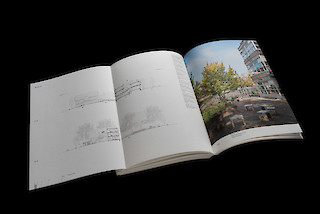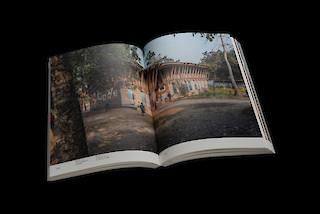How can Christopher Alexander’s «pattern language» be transferred to a digital medium? This dissertation answers this question by using the example of Montessori architecture. Christopher Alexander presented his method in the book «A Pattern Language» which was published in 1977. It provides instructions so everyone can design their own surroundings. Alexander’s «patterns» address typical design problems and are comparable to the words of a language: through the network-like connections that exist between them, they offer an almost endless number of possible combinations. The thesis explores the potential of this «pattern language» through Montessori architecture. It shows how Alexander’s analogue instructions can be used as a digital design tool. The result is a web application which allow professionals and non-professionals to design an ideal learning environment, regardless of their location or financial means.
An excellent, innovative and interdisciplinary work that is highly relevant for the fields of architecture, digital and interactive media, transmedia and hybrid publishing, and creates points of debate regarding social design, commoning/commons and participatory design. It is exemplary in terms of design research, design methodology and execution. During the project, a fruitful collaboration with the Arthur Waser Foundation developed, who continue to show a great interest in its realisation and implementation. The grant will help to conduct the planned user testing and support the realisation of the project – which would also make an excellent basis for a research project, such as SNF Bridge.
Website: nadinewuethrich.ch
